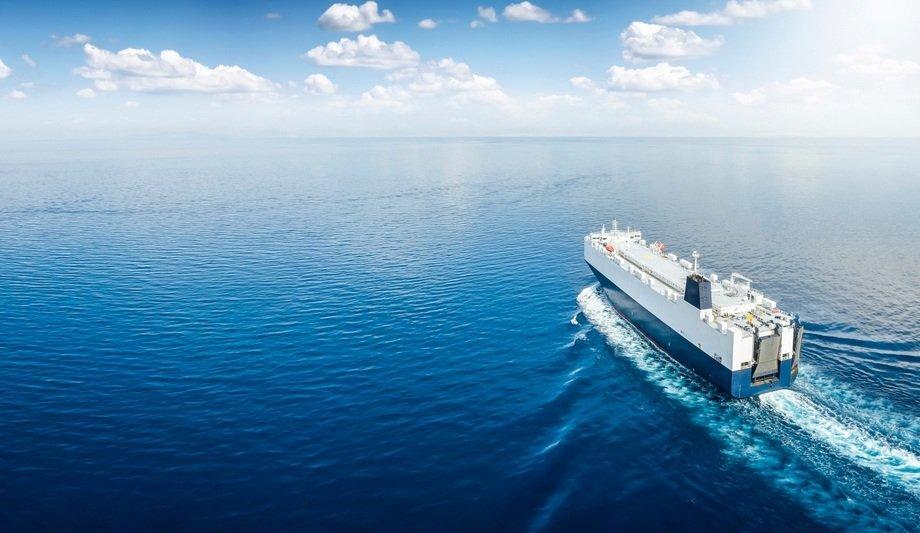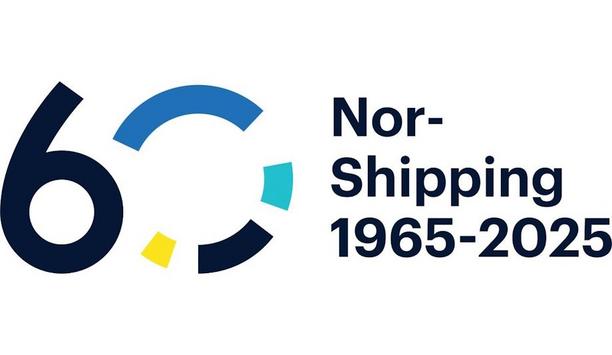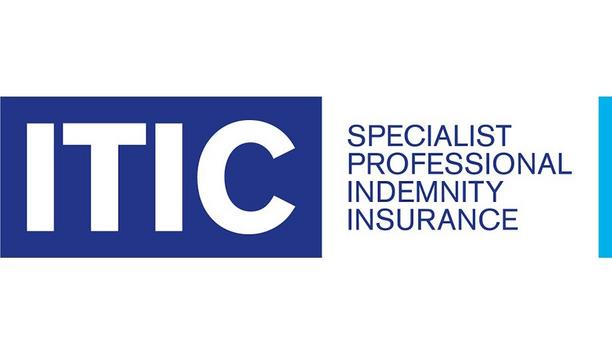ClassNK has released the ‘Guidelines for Safety Operation for Ammonia-Fueled Vessels’ for considering the introduction of ammonia-fuelled vessels to ensure safe operation on board ammonia-fuelled vessels. By following these guidelines, safe and secure operation can be achieved for those involved in the operation of ammonia-fuelled vessels.
The Guidelines give top priority to protecting the safety of seafarers, and cover matters to be kept in mind in daily operations, such as measures to be taken in the event of an ammonia leak in consideration of health, and requirements for personnel protection equipment (PPE) and emergency equipment in case of an emergency.
Rise of alternative fuels
Alternative fuels, such as ammonia have unique risks that conventional heavy oil fuels do not
With the aim of decarbonising the shipping industry, the introduction of alternative fuel vessels is approaching 40% of the total on an order basis and is expected to increase further in the future.
On the other hand, although alternative fuels, such as ammonia have unique risks that conventional heavy oil fuels do not, there is not enough information on the operation of such vessels.
In order to provide proactive information on the operation of ammonia-fuelled vessels, this guideline was prepared based on the latest information in Japan and overseas, and published as the Ammonia Fuel Operation Guidelines.
Regularly updated guidelines
The guidelines summarise specific precautions and management methods for the transportation, storage, and operation of ammonia fuel, and provide practical content that can be used in the field from the perspective of seafarers. The guidelines will be continuously and flexibly updated according to future industry discussions, research results, and the latest knowledge.
As part of the ClassNK Transition Support Services, which comprehensively support the smooth transition of customers to zero emissions, ClassNK will continue to contribute to the safe operation and active introduction of alternative fuel vessels.











